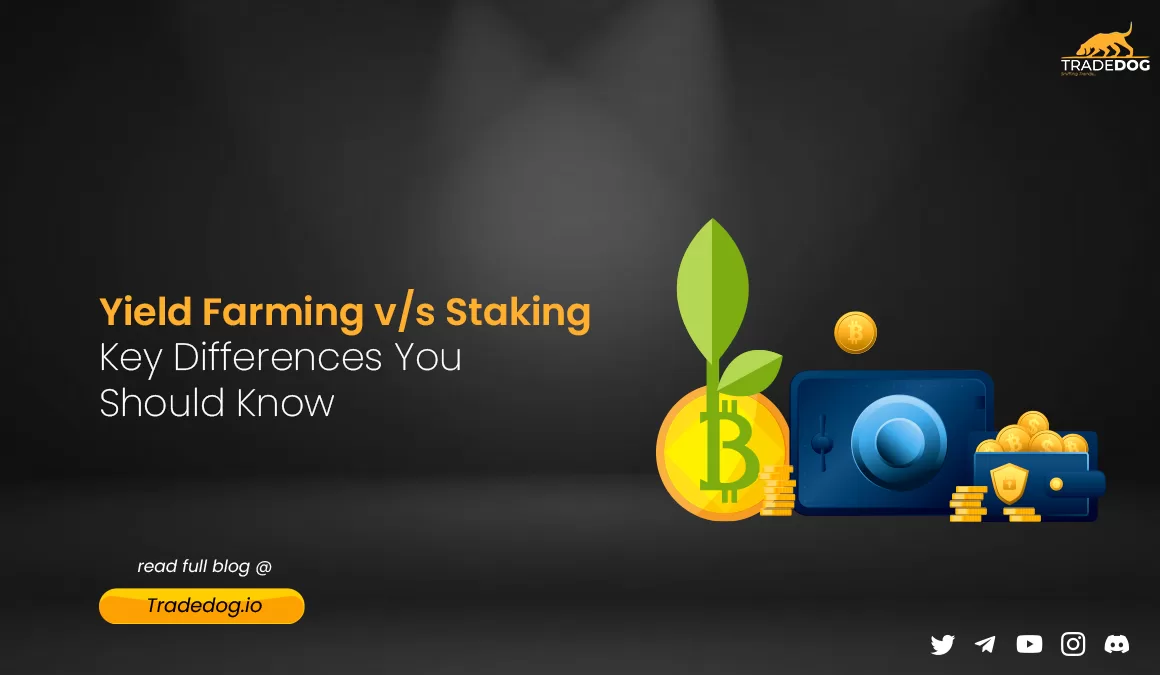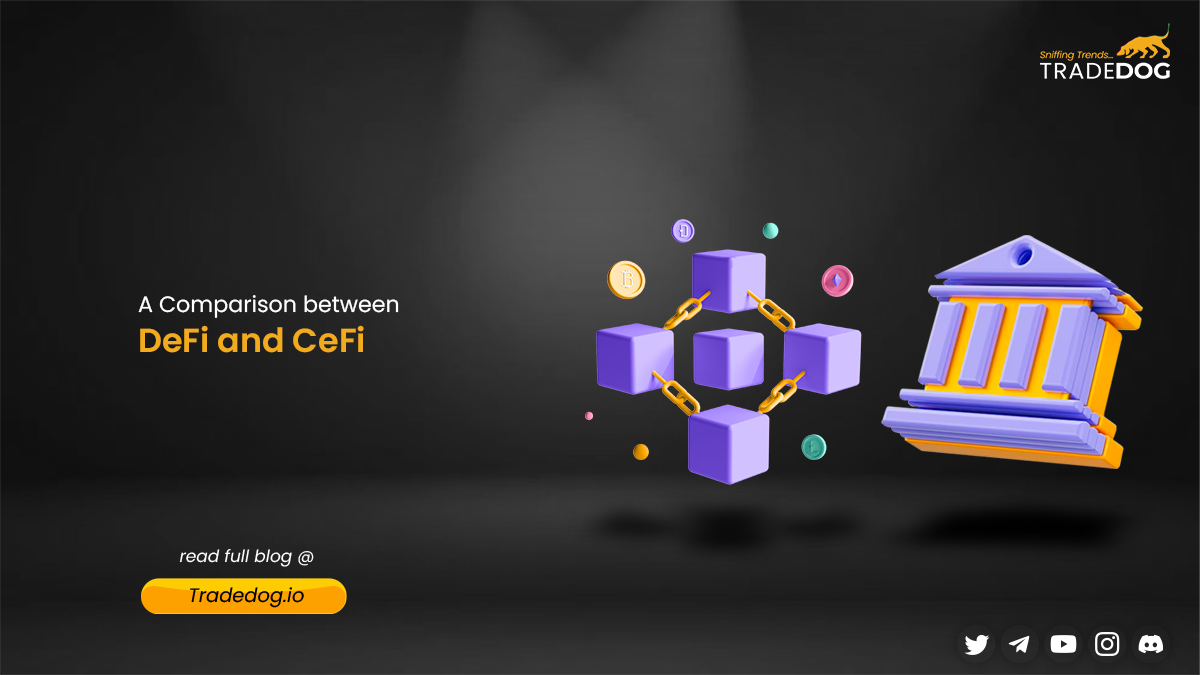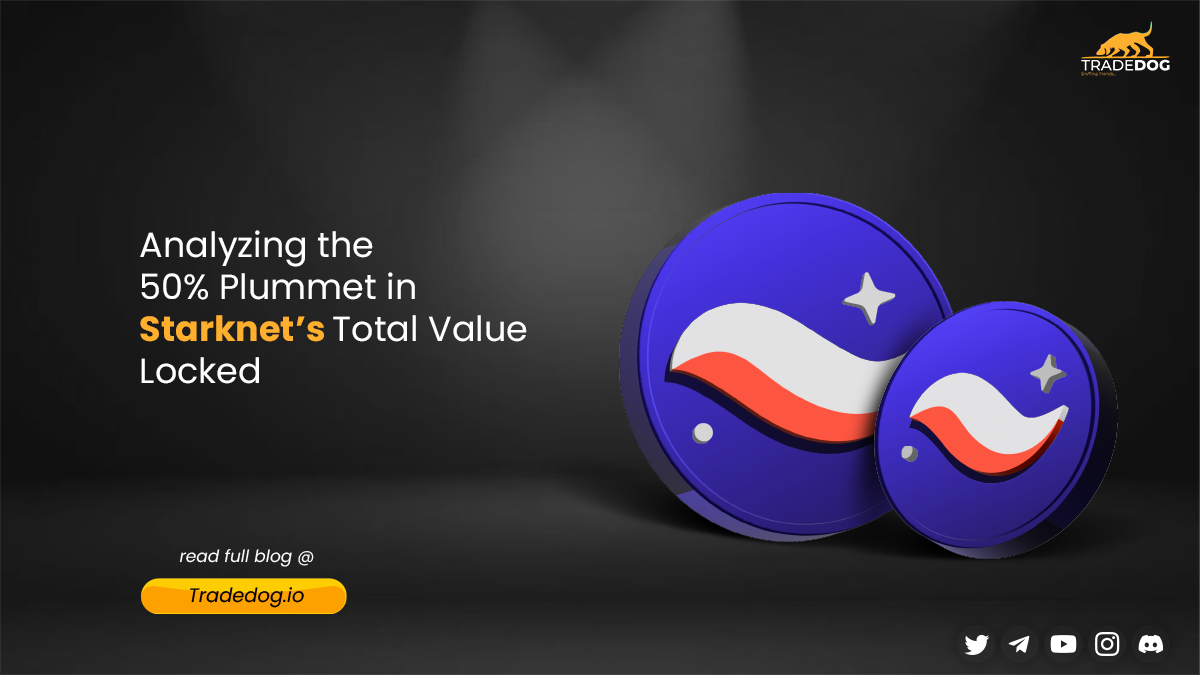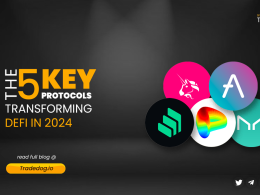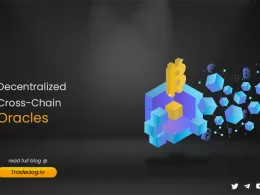The explosion of decentralized finance (DeFi) since 2020 has allowed anyone to participate to lend, borrow or trading funds by just having access to an internet connection without any need for third-party intermediaries. DeFi’s increasing adoption has created fresh opportunities for investors to generate passive income, and we will explore two such channels: Yield Farming and Staking.
What is Yield Farming
Yield Farming or liquidity mining is a practice in DeFi which allows users to generate additional earnings on their current cryptocurrency holdings by participating in liquidity pools or lending on popular DeFi platforms like Uniswap, PancakeSwap, Aave, Curve, and more. Investors can optimize their returns by moving their funds to different lending protocols providing maximum yield.
How does the Yield Farming mechanism work?
The key player in yield farming is a liquidity provider who deposits his holdings in a pool for lending & borrowing or exchange purposes. The liquidity providers mostly deposit popular stablecoins like DAI, USDT, USDC and others. As a receipt of the deposit, LP tokens (Liquidity pool tokens) are issued to the depositor which can be used by him in later stages to withdraw the deposited fund and the accrued rewards. Moreover, the users can also deposit or stake their LP tokens to earn additional rewards.
Any individual can borrow funds from these pools by providing the required collateral and paying fees and interest for the loan. A certain amount of interest and fees earned is then distributed to liquidity providers as rewards in proportion to the funds deposited by them in the pool. Many protocols incentivize investors to participate in the pool by offering them additional rewards like governance tokens which enable them to take part in the decision-making process of how a project is run. A popular DeFi protocol Compound introduced this reward by offering COMP tokens which boosted the popularity of yield farming.
What is Staking
Staking or Proof of Staking (PoS) is a practice which allows holders of certain cryptocurrencies to lock their tokens to participate in keeping the network secure by validating transactions and in return receiving rewards in the form of newly minted native crypto coins of the network.
How does the PoS mechanism work?
Firstly, we need to understand that staking is not possible on all networks and is only possible on the blockchains which run on PoS and its variant (For eg: DPoS, NPoS) mechanisms such as Ethereum. The stakers have to offer their holdings as collateral and based on the size of their holdings, the network will randomly assign the task to one of them. The probability of being chosen is higher if you hold and have staked a higher number of coins. However, though the stakers are offered rewards for participating in staking, they can be penalized by the protocol by burning a part or all of their stake if they approve invalid transactions. This ensures that the stakers act in good faith when participating in the staking process.
In September 2022, Ethereum switched its mechanism of validating transactions completely to PoS consensus considering the higher degree of scalability it offers. Here scalability refers to the growing capacity of the network to enable a higher number of transactions when in high demand.
Let’s take the example of Ethereum to understand this concept better. Each blockchain has set its eligibility in terms of staking a minimum number of coins to be a part of the consensus. In the case of Ethereum, it is 32 ETH (Ether). An important point to note here is that one can stake with only the native coins of the particular blockchain to engage in staking. It may not be affordable for retail/individual investors as 1 ETH costs $1914 at the time of recording. This is where staking pools come into the picture. The users can give their coins to a pool operator who is responsible for staking coins, validating transactions and distributing the rewards proportionately when accrued. On behalf of these services, pool operators charge a percentage of rewards as fees and distribute the rest. Some popular pool operators include exchanges like Coinbase, Binance, Kraken and more.
Differences between Yield Farming and Staking
| Basis | Yield Farming | Staking |
| Purpose | Provides funds for lending & borrowing purposes and provides liquidity to decentralized exchanges. | It helps to secure the network and validate transactions. |
| Types of Assets | Investors can use any crypto token supported by the DeFi protocol. | Use the native token of the network |
| Rewards | Depositors earn a part of interest and fees as well as governance tokens. | Investors earn additional native tokens of the network as rewards. |
| Earnings Potential | The yield earned is higher as compared to staking. | The yield earned is medium to low. |
| Liquidity | The liquidity is higher as you can withdraw funds anytime. | The liquidity is lower as you need to lock tokens for a set period of time and the staked tokens may be subject to market fluctuations which could impact the value of the holdings. However, with the recent Shanghai upgrade in Ethereum, the liquidity for ETH tokens has increased as the staked tokens can also be withdrawn anytime. |
| Complexity & Effort Required | It requires more effort as an investor needs to actively move funds to different protocols providing higher APY to maximize their yield. | If the investor uses a staking pool or crypto exchange to participate in staking on his behalf, then it is less complex as the investor only needs to choose the network and the rest is managed by the facilitator for some fees/profits from the pool. |
| Risk Profile | The risk associated with farming is higher as the assets used to provide liquidity are volatile in nature and there is a potential of earning higher returns. | The risk associated is lower as it involves locking specific amounts of cryptocurrency and the rewards distributed are more predictable and stable. |
| Type of Investor | A complete understanding of the DeFi ecosystem is required to maximize farming yield and moreover, considering the complexities involved, it is a better option for avid investors. | Staking is a better option for risk-averse and amateur investors. |
Ultimately, the choice between yield farming and staking depends on a user’s individual goals, risk tolerance, and investment strategy. Both methods can be profitable, but it is important to carefully consider the specific platform or protocol being used, as well as market conditions and the assets being used for liquidity or staking.
FAQ
Is yield farming better than staking?
Both are good passive income options, but yield farming generates higher yields for its investors.
Is yield farming riskier than staking?
Yield farming is riskier than staking as it involves depositing volatile cryptocurrency.
What are staking and yield farming?
Staking involves locking cryptocurrency to validate transactions while yield farming involves providing liquidity to decentralized exchanges.
Is yield farming still profitable?
Yes, yield farming is profitable.





